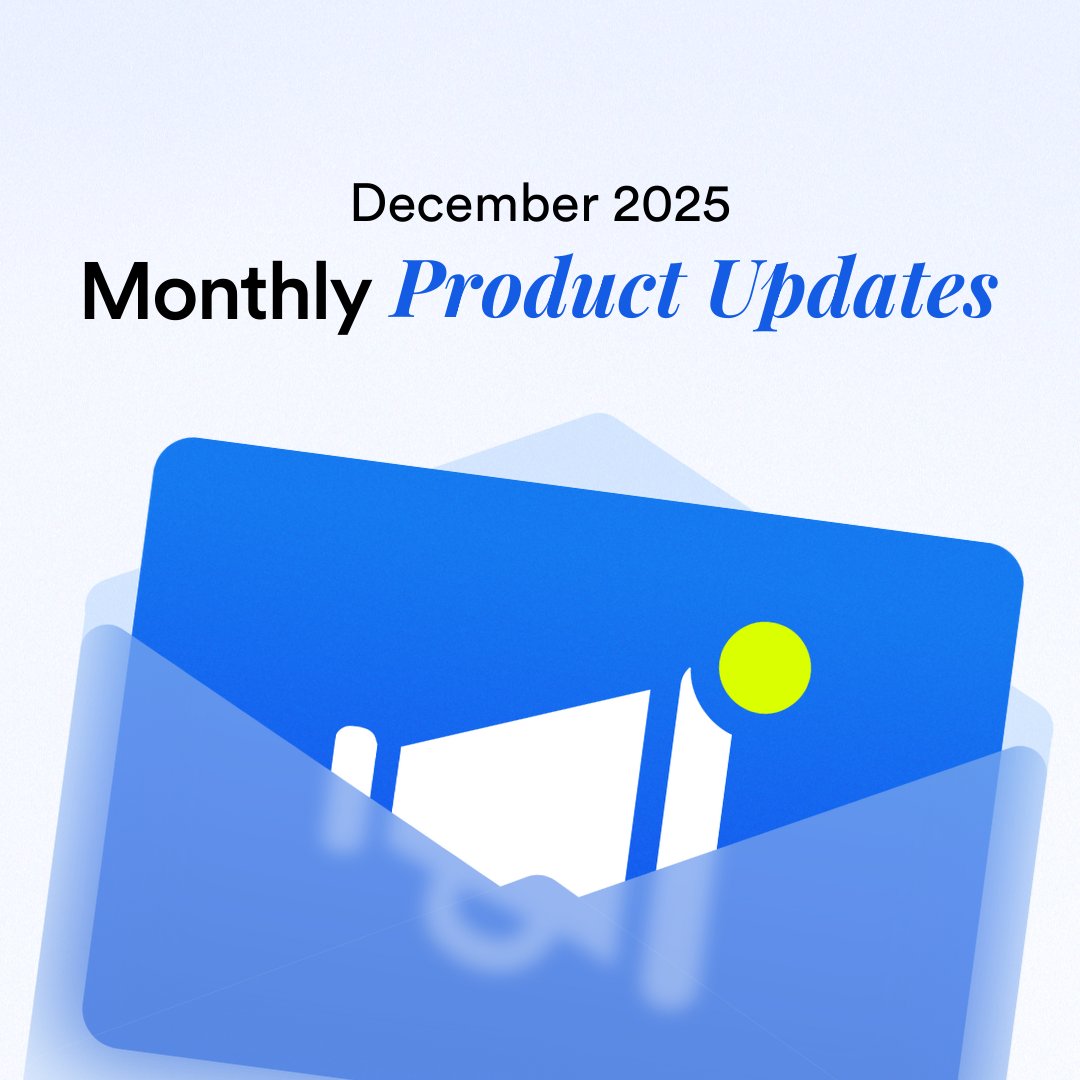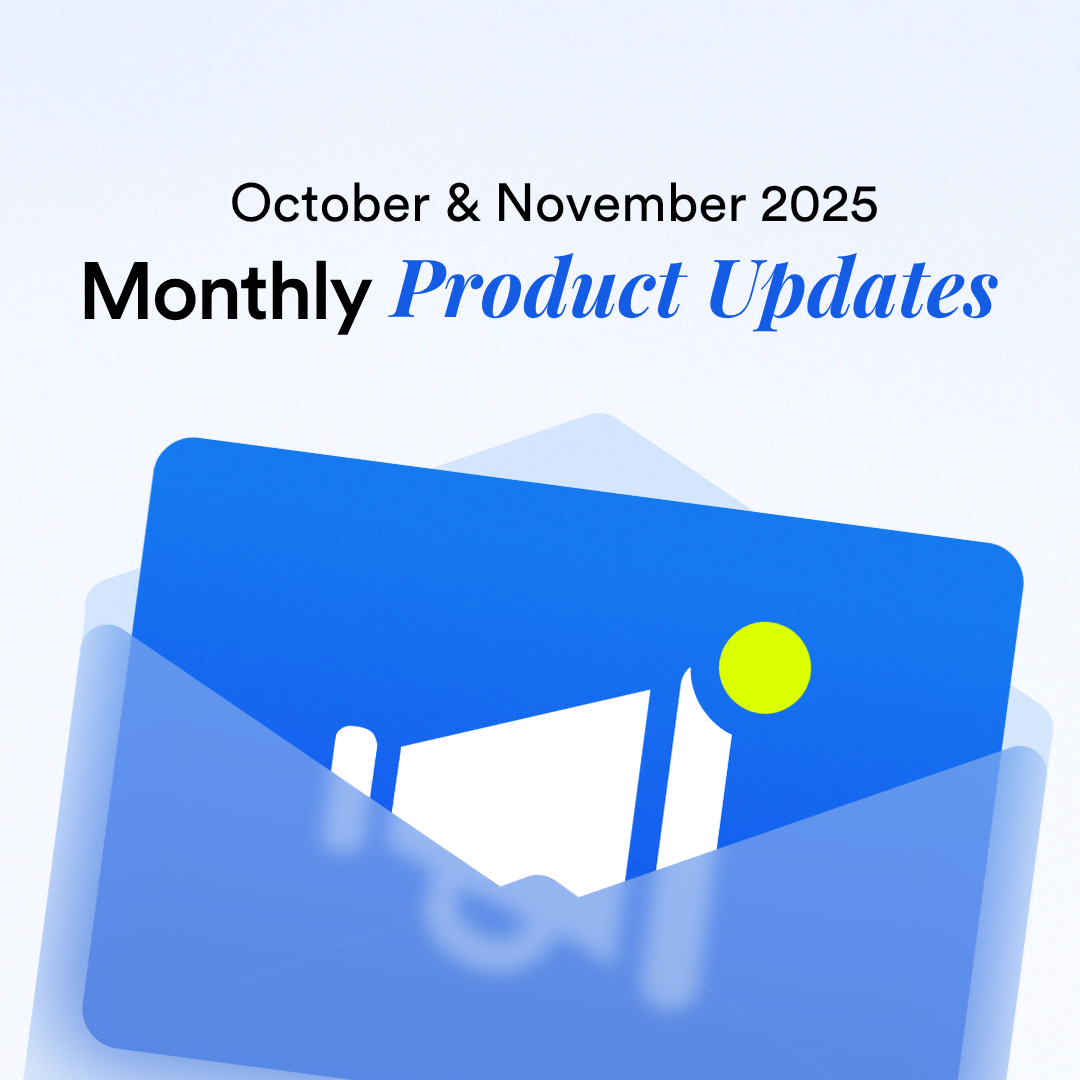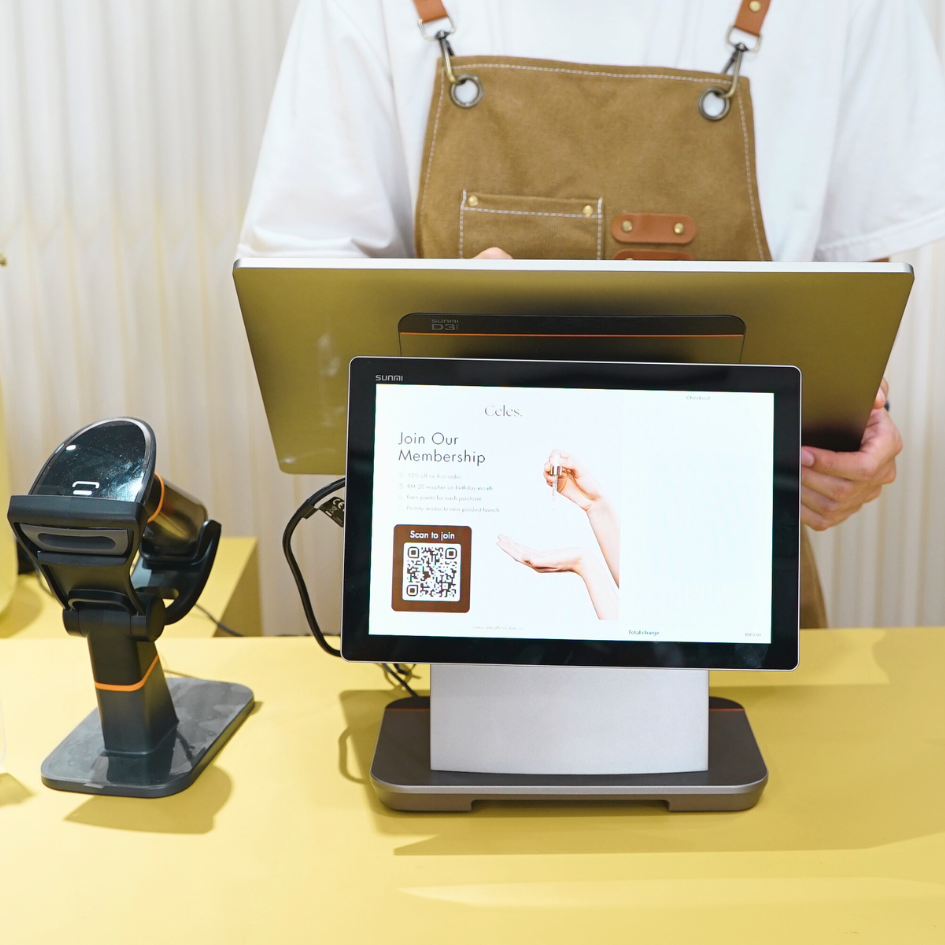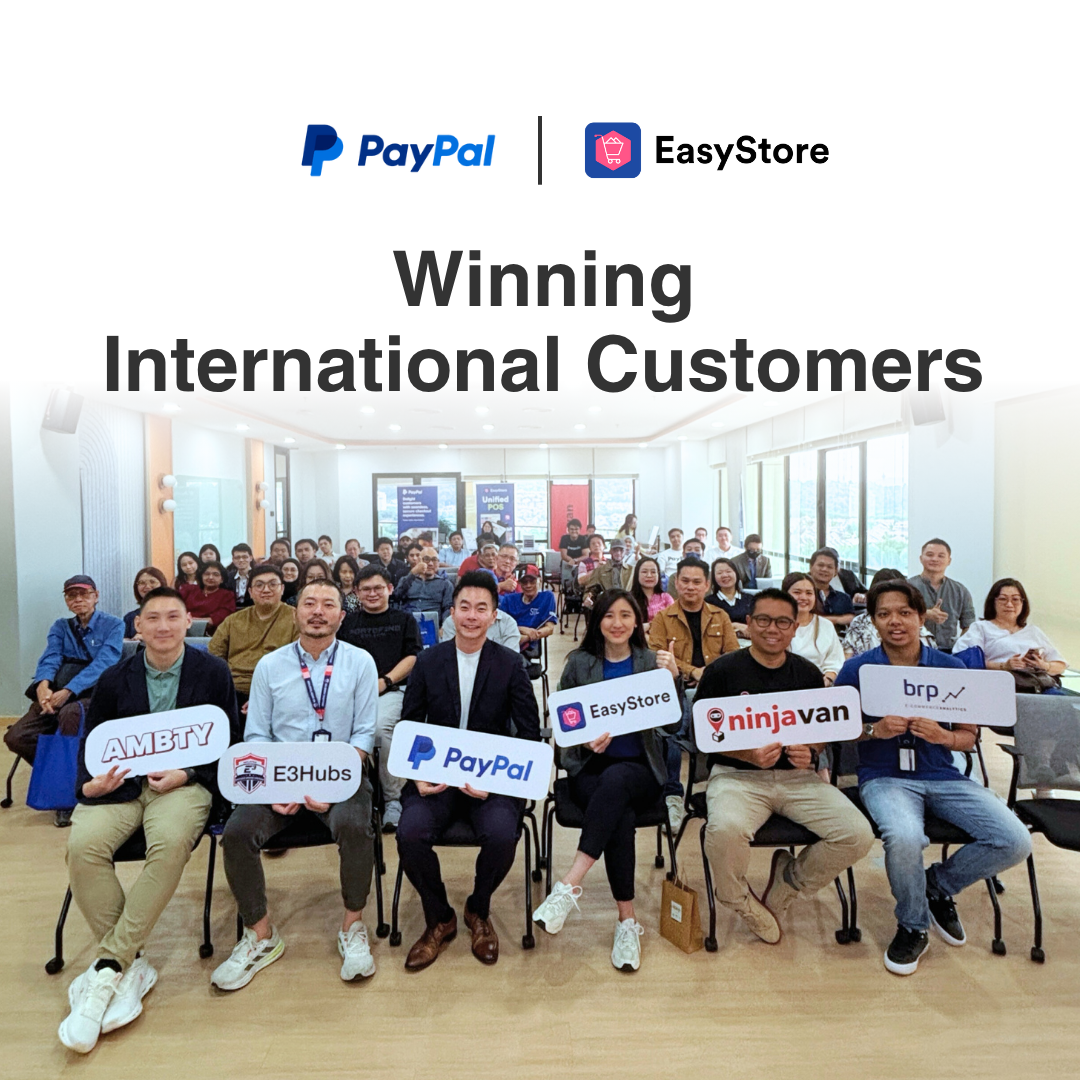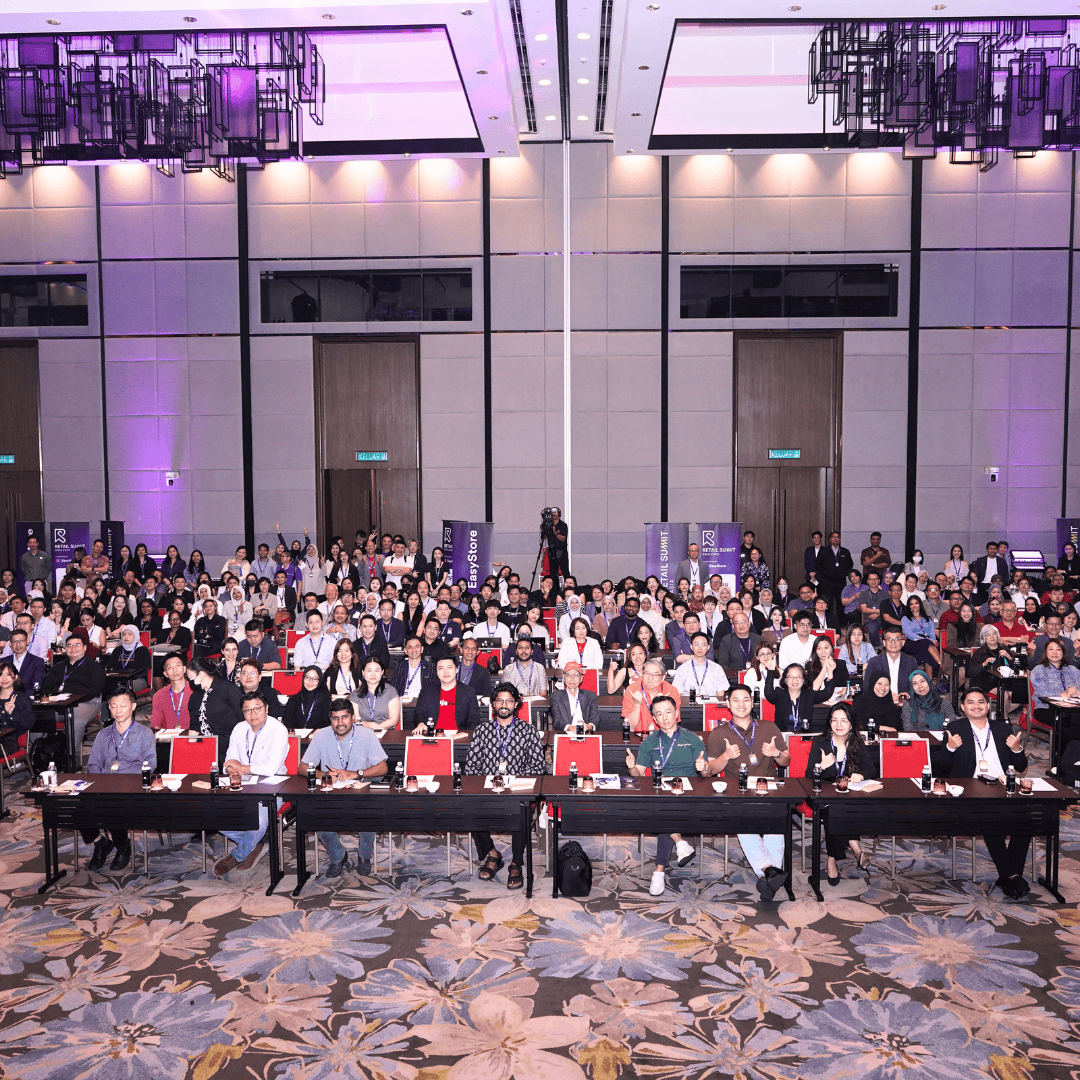Psychological Pricing Strategies to Boost Profit Without Changing Your Product
By Janson Tan · 27th June, 2017
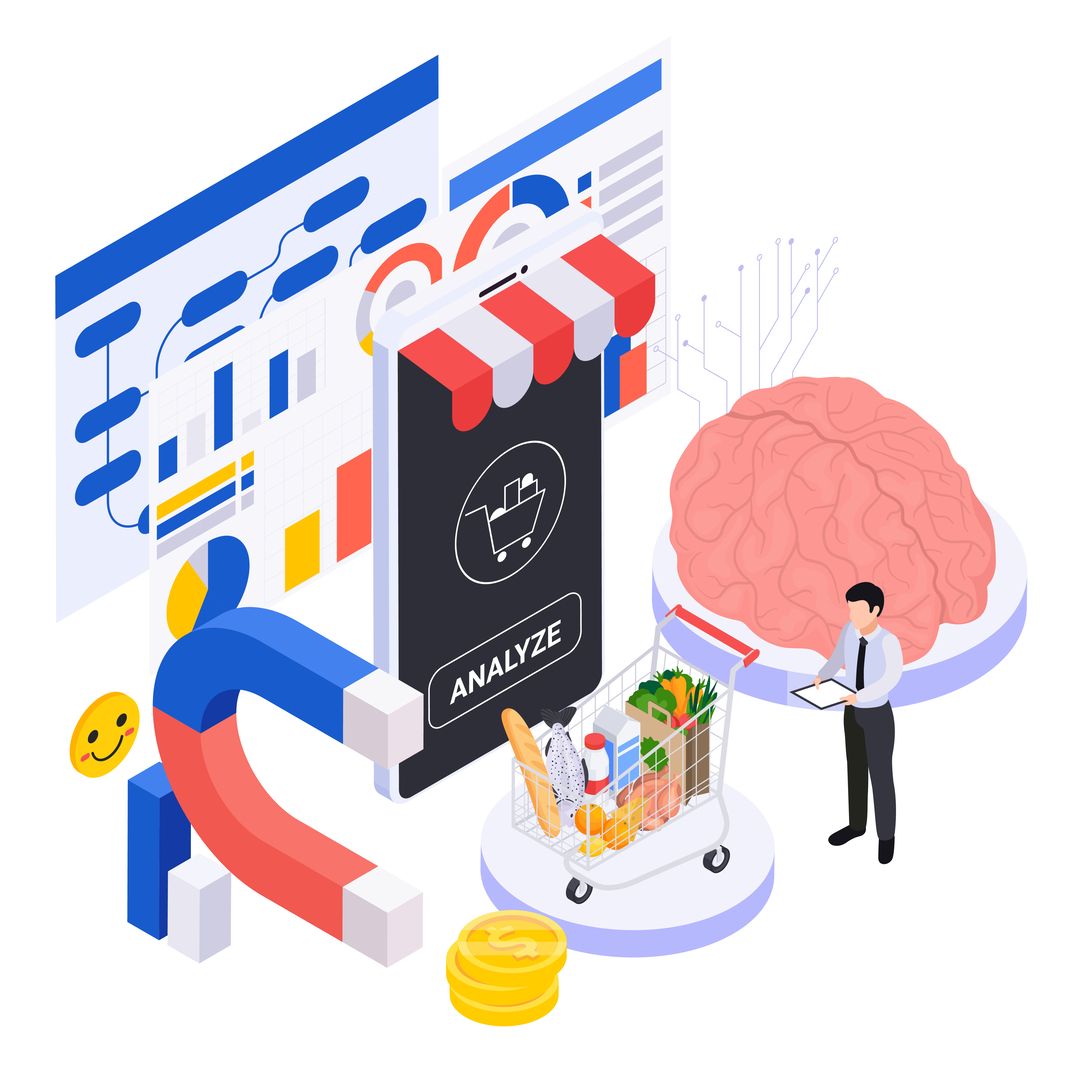
Table of Contents
This blog was updated on 09 April 2025, for more information connect with our team: https://www.easystore.co/contact
Psychological Pricing Strategies to Boost Profit Without Changing Your Product
Pricing your products may seem straightforward—until you actually have to do it.
For many ecommerce owners, deciding on the right price becomes a real challenge.
While launching your store is exciting, rushing your pricing strategy based on gut feeling can cause serious long-term damage to your revenue and brand positioning.
Although actual sales will ultimately validate your pricing, having a well-thought-out pricing strategy can contribute significantly—up to 50%—to your business success.
Here are several psychological pricing techniques proven to influence buying behavior and increase your profit margin:
1. Similarity vs Price
An experiment once observed consumer behavior when participants were given the choice between two similar products or the option to keep their money.
When both bracelets were priced at £2, only 46% made a purchase. But when one was priced at £2 and the other at £2.50, the purchase rate jumped to 77%.
Why? Differentiating the prices gave customers a reason to compare and choose.
When both products were priced the same, they couldn’t find a justification to buy. This shows how even a small price difference can nudge people into making a purchase.
2. Price Anchoring
A popular tactic in retail is to place a high-priced item next to your regular-priced one.
For example, placing a $200 fidget spinner next to a $50 one can make the latter appear much more affordable and valuable.
This "anchor" effect works because consumers use the higher price as a reference point, making your standard product look like a bargain in comparison.
3. Charm Pricing: End Prices with 9
Ending your product prices with the number 9 is one of the oldest tricks in the book—and yes, it still works.
A study published in the Journal of Quantitative Marketing and Economics showed that products priced at $69 outsold those priced at $65 by 25%, even though the latter was cheaper.
The reason? Consumers perceive prices ending in 9 as significantly cheaper than they actually are.
So whether it’s a regular or discounted price, ending it in 9 can give your sales a psychological boost.
4. Tiered Pricing: Offering Three Options
William Poundstone, in his book Priceless: The Myth of Fair Value, references an experiment involving beer pricing:
Test 1: Two price options were offered, and most people chose the premium beer.
Test 2: A cheaper third option was introduced, but surprisingly, it didn’t attract buyers. It actually reduced the ratio of premium sales.
Test 3: Instead of a cheaper beer, they added a more expensive third option.
The result? Premium product sales went up again.
This demonstrates that offering three pricing tiers can help segment your customers.
Just be careful—adding a too-cheap option may hurt your overall value perception.
In contrast, a higher-tier premium product can push more customers toward the mid-priced or even top-tier option.
Conclusion
Pricing is more than just math—it's psychology.
These examples highlight how smart pricing can significantly influence buyer behavior without changing anything else in your business.
So don’t shy away from charging more—as long as it’s backed by the right strategy.
A well-executed pricing plan can improve your profit margin while your other operations stay exactly the same.
Disclaimer:The effectiveness of each pricing strategy may vary depending on your industry, audience, and product type. The strategies discussed above are intended to offer insights into how human behavior can be influenced through psychological pricing. Testing and iteration are key.
Make Customers Love Buying From You
EasyStore empowers your brand to prioritize customers and enhance their experience, creating a unified customer experience (UCX) that makes customers love buying from you.
Over 50,000 brands have grown their businesses by embracing unified customer experiences (UCX) strategy through EasyStore across multiple sales channels - online store, retail outlets, marketplaces, and social media, ensuring consistency in product and service offerings for a seamless shopping journey.
Embrace UCX and redefine your business success today
Discover how UCX can elevate your customer engagement with a truly unified journey for your customers, streamline operations, and drive growth across all channels.
Contact Us